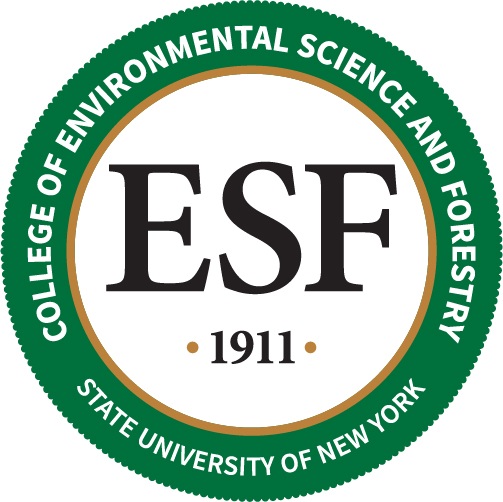Newswise — A team of scientists here is establishing a unique air quality monitoring system that will help the researchers learn more about urban air quality and how traffic in densely populated areas affects the health of people who live near busy highways.
"There's no other site like this in the world," said Dr. Myron Mitchell of the SUNY College of Environmental Science and Forestry.
Mitchell, with colleagues from the Syracuse Center of Excellence in Environmental and Energy Innovations and Clarkson and Cornell universities, will study air quality at the center's downtown location, near the intersection of Interstates 81 and 690. For comparison purposes, they will also do monitoring less than three miles away in leafy Upper Onondaga Park.
"It's a major operation with respect to analyzing air pollution within the city," Mitchell said. "We've got two major highways intersecting here. We've already done some preliminary work that shows those highways affect the air pollution within this city."
The project, backed by more than $800,000 in funding, will involve meteorological and air quality monitoring on 150-foot towers at both locations. Mitchell said the researchers will integrate the data collected to learn more about how the air exchange between outdoors and indoors affects the indoor environment and, by extension, the health of those who live and work near highways.
The scientists will monitor nitrous oxide and ozone concentrations and examine fine particles in the air near the site where the north-south Interstate 81 intersects with the east-west Interstate 690.
The issue is particularly relevant to Central New York as elected leaders and transportation experts work to determine the future of I-81. The elevated highway is at a point where it needs major work and officials are investigating a possible rerouting of the highway or directing it underground through the city.
